As she sat in the dentist's chair, staring at the $3,000 bill for a routine procedure, Sarah couldn't help but wonder why dental insurance seemed like a cruel joke. She had paid her premiums for years, thinking she was covered for unexpected expenses, but the reality was far from it. The maximum benefit had been reached, leaving her with a hefty bill that would take months to pay off. It was a frustrating experience that left her questioning the very concept of dental insurance.
The American dental insurance market is a complex and often confusing system, where the lines between insurance and discount plans are blurred. While it may seem like a straightforward way to pay for dental care, the truth is that dental insurance is more like a half-helpful discount plan with a maximum benefit. Once that maximum is reached, policyholders are left to foot the bill, often to the tune of hundreds or thousands of dollars.
Dental care has long been a neglected stepchild in the American healthcare system. Despite mounting evidence linking a healthy mouth to overall well-being, dentistry has remained a siloed industry, separate from the rest of healthcare. This has led to a patchwork of regulations and a lack of standardization, allowing dental insurance companies to operate with relative impunity.
Take, for example, the case of Sarah's dentist. He had a contract with several major insurance providers, but the reimbursement rates were so low that he had to charge his patients significantly more to make up for the difference. This created a vicious cycle, where patients were forced to pay out-of-pocket for procedures, only to have their insurance company reimburse them at a fraction of the cost. It was a system that seemed designed to benefit the insurance companies, rather than the patients.
Experts say that this is a result of the lack of regulation in the dental insurance market. "Dental insurance is not subject to the same level of oversight as medical insurance," says Dr. Marko Vujicic, chief economist at the American Dental Association. "This has led to a Wild West scenario, where companies can operate with little accountability."
One of the main issues is the concept of "maximum benefit." Most dental insurance plans have a maximum benefit, which is the maximum amount the insurance company will pay for a procedure. Once this maximum is reached, the patient is responsible for the rest. This can be a significant burden, especially for those with complex or expensive procedures.
According to a report by the Kaiser Family Foundation, the average annual cost of dental insurance premiums is around $400 per person. However, the maximum benefit for most plans is around $1,000 to $2,000 per year. This means that patients are often left with significant out-of-pocket expenses, even with insurance.
The impact of this system is felt far beyond the individual patient. The lack of standardization and regulation in the dental insurance market has led to a fragmented system, where patients are often left confused and frustrated. This can lead to delayed or foregone care, which can have serious consequences for overall health.
As the healthcare landscape continues to evolve, it's clear that the dental insurance market needs reform. "We need to move away from the concept of maximum benefit and towards a more comprehensive system," says Dr. Vujicic. "This would involve standardizing reimbursement rates and ensuring that patients have access to affordable care, regardless of their income or insurance status."
For Sarah, the experience has been a wake-up call. She's now considering alternative options, such as dental savings plans or cash-based practices. "It's a complicated system, but I'm determined to find a way to make it work," she says.
As the dental insurance market continues to evolve, one thing is clear: it's time for a change. By shining a light on the complexities and flaws of the current system, we can work towards a more comprehensive and patient-centered approach to dental care.
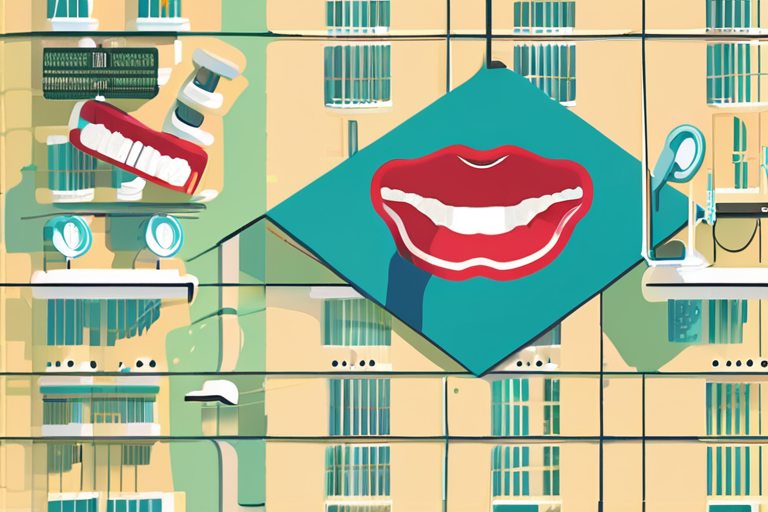



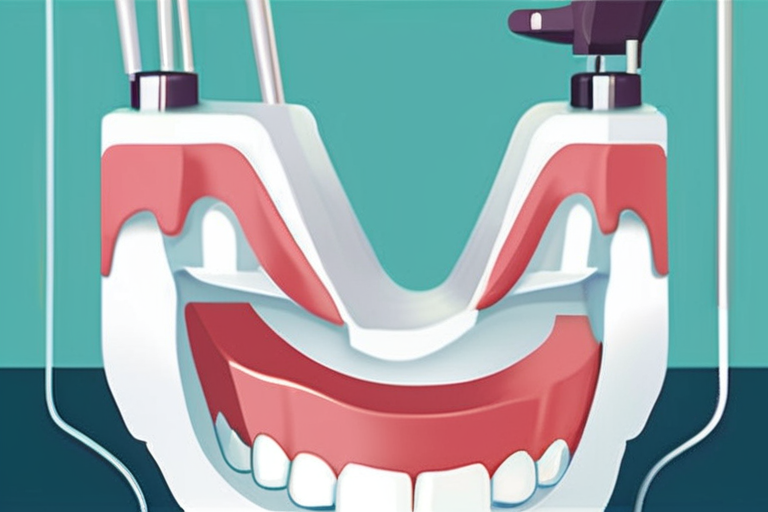
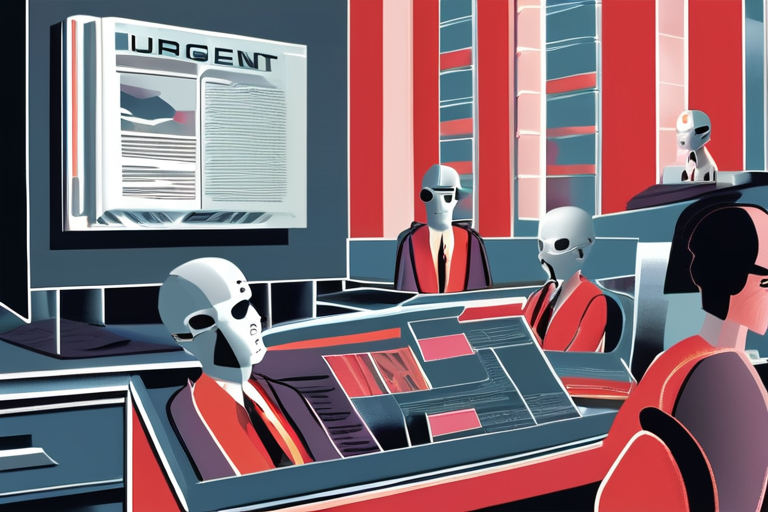

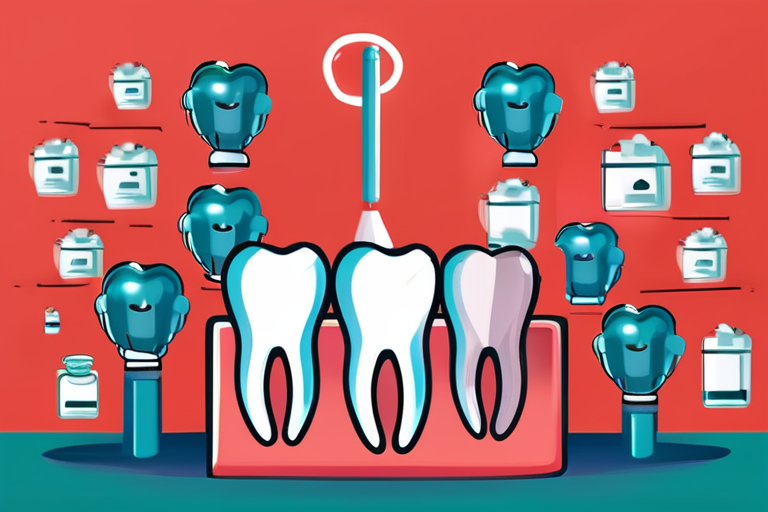


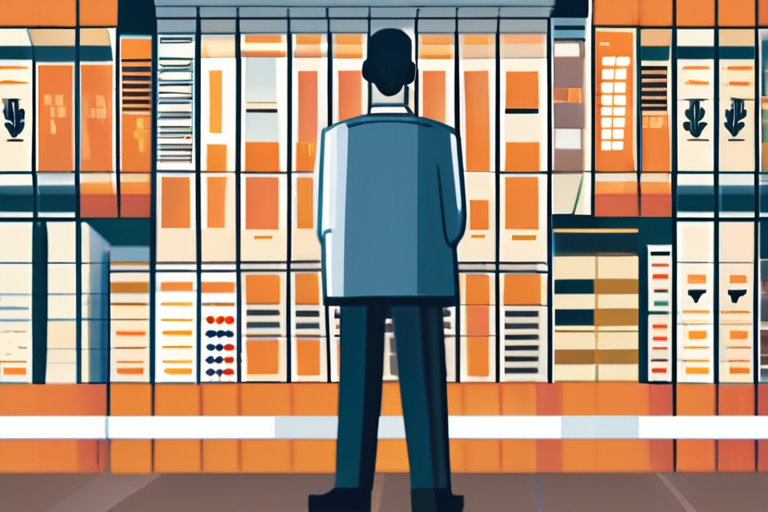
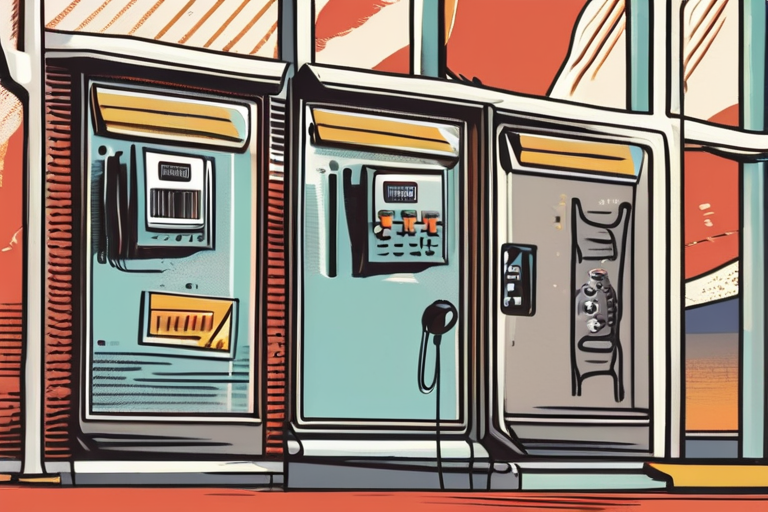

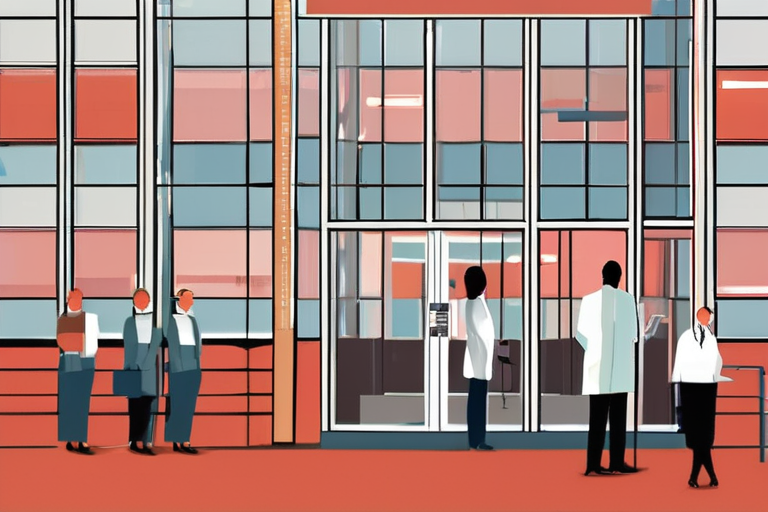

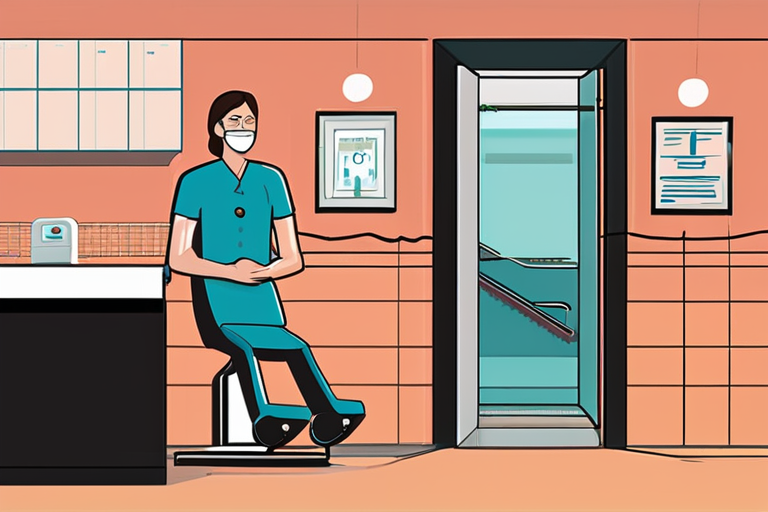



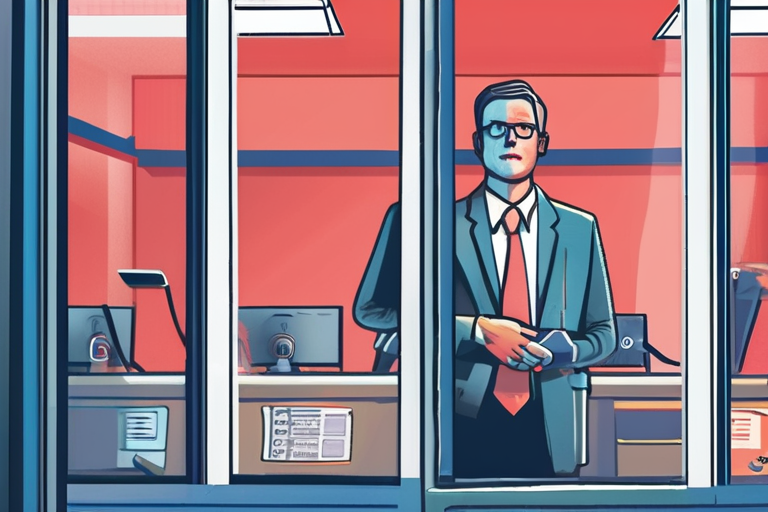
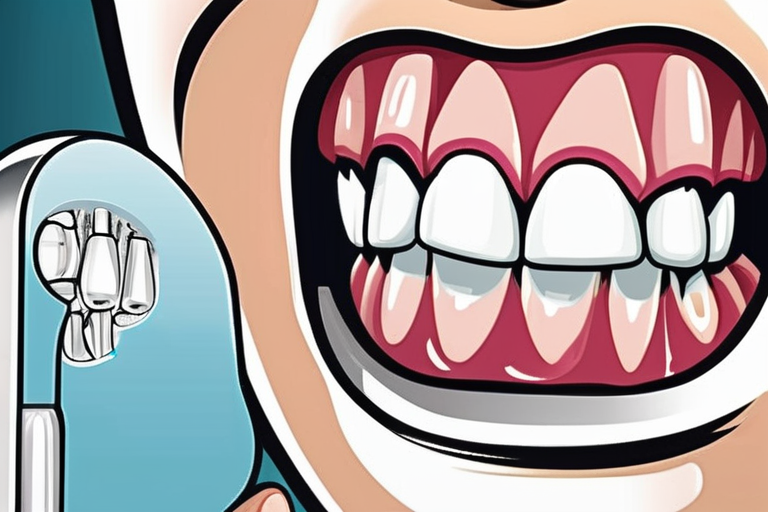




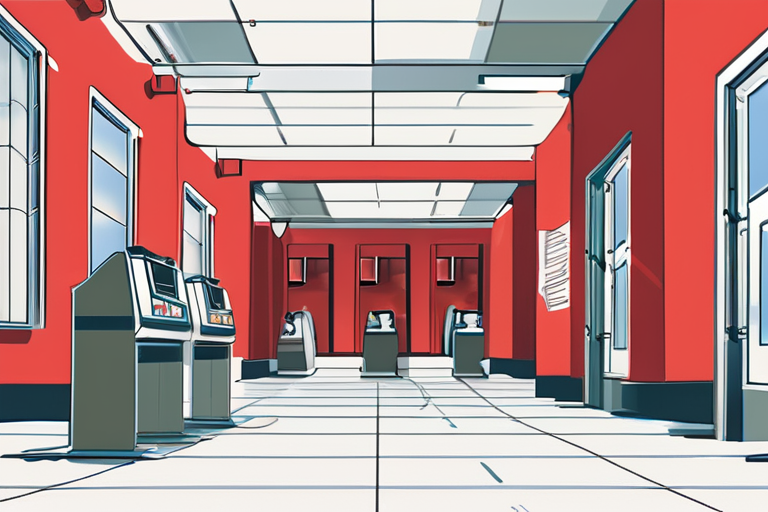

Share & Engage Share
Share this article